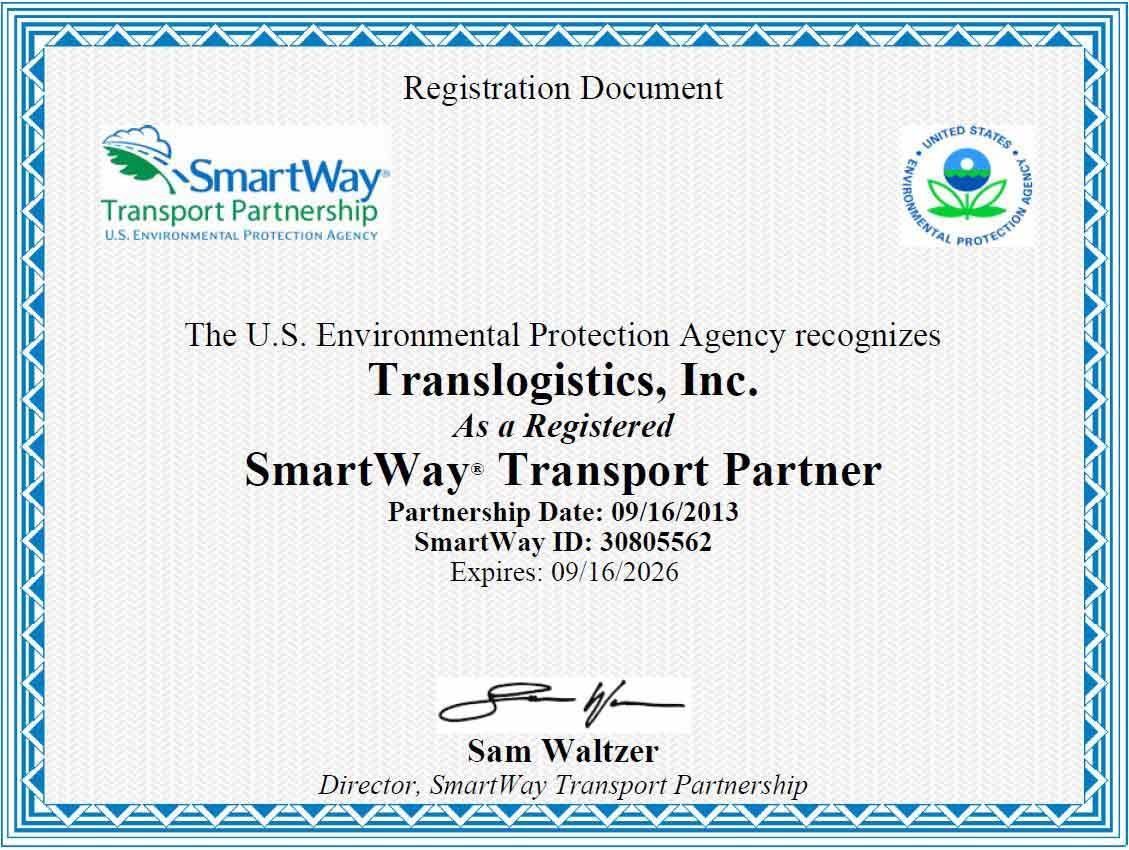Supply Chain Analytics Explained: Data-driven Improvement
Supply Chain Analytics
Supply chain analytics is the process of using data analysis and information technology to improve the efficiency, visibility, and overall performance of your supply chain. A supply chain is a network of organizations, and resources involved in the production, distribution, and consumption of goods and services. Effective supply chain analytics leverages data and various analytical techniques to gain insights, make data-driven decisions, and optimize various aspects of the supply chain.

Key Aspects of Supply Chain Analytics
- Data Collection: Supply chain analytics begins with the collection of data from various sources within the supply chain. This data can include information about inventory levels, order fulfillment, transportation, production, demand forecasts, and more.
- Data Analysis: Once the data is collected, it is analyzed to identify patterns, trends, and anomalies. Advanced analytics techniques, such as machine learning and statistical modeling, are often used to extract valuable insights from the data.
- Visibility: Supply chain analytics provides a higher level of visibility into the entire supply chain, enabling organizations to track the movement of goods, monitor performance, and detect potential bottlenecks or issues in real-time.
- Performance Optimization: By analyzing data, organizations can identify areas where improvements can be made in the supply chain, such as consolidating distribution, optimizing transportation routes, using the least cost carrier and minimizing lead times.
- Demand Forecasting: Predictive analytics can be used to forecast demand more accurately, helping organizations to better plan production and inventory levels.
- Risk Management: Supply chain analytics can help organizations identify and mitigate risks, such as disruptions in the supply chain due to natural disasters, geopolitical issues, or other unforeseen events.
- Cost Reduction: By optimizing various aspects of the supply chain, organizations can reduce operational costs and improve overall profitability.
- Decision Support: Supply chain analytics provides decision-makers with data-driven insights to make informed decisions regarding sourcing, production, distribution, and inventory management.
- Collaboration: It can also enhance collaboration among different parties within the supply chain, including suppliers, manufacturers, logistics providers, and retailers, leading to improved coordination and efficiency.

Logistics Data Fundamentals
The key to analytical success lies in harnessing the power of data and the most effective technology. Shippers and logistics professionals are constantly seeking ways to improve efficiency, reduce costs, and ensure a seamless flow of goods. To achieve this, integrating a Transportation Management System (TMS) with their Enterprise Resource Planning (ERP) system is an essential step. In this article, we'll explore how the right technology can drive proper data integration, dynamic routing, real-time tracking, and powerful analytics through Microsoft PowerBI.
Analyzing Logistics Data
Analyzing historical data through a Transportation Management System (TMS) rating engine to establish benchmark data is imperative for vendor accountability. This process provides critical insights into key metrics such as the average cost per pound ($/lb) or the average cost per mile ($/mile), which are essential for several reasons:
- Performance Evaluation: Historical data allows organizations to evaluate the performance of their vendors over time. By calculating the average cost metrics, companies can assess whether their vendors are consistently delivering cost-effective transportation services. It provides a quantitative basis for vendor accountability.
- Cost Control: Understanding the average $/lb or $/mile helps organizations identify cost outliers. Vendors whose rates significantly deviate from the established benchmarks can be subject to further scrutiny or renegotiation. This data-driven approach is crucial for cost control and reduction.
- Contract Negotiations: Benchmark data derived from historical analysis is a valuable tool during contract negotiations with carriers. It helps organizations ensure that they are entering into agreements with favorable pricing structures and terms, ultimately enhancing their cost efficiency.
- Continuous Improvement: The historical benchmark data serves as a baseline for continuous improvement initiatives. Vendors can be incentivized to meet or exceed these benchmarks, encouraging them to enhance their service quality and cost-efficiency over time.
- Vendor Accountability: By holding vendors accountable to established benchmarks, organizations can enforce performance standards and expectations. This fosters a sense of responsibility among vendors to maintain consistent service quality and competitive pricing.
- Data-Driven Decision-Making: Historical data analysis within a TMS rating engine empowers organizations to make data-driven decisions. It provides a clear, objective basis for vendor selection, evaluation, and contract management, reducing subjectivity and improving decision-making accuracy.
- Risk Mitigation: Understanding historical cost data helps organizations identify potential cost fluctuations or anomalies. This information can be used to anticipate and mitigate financial risks associated with transportation operations.
- Supplier Relationship Management: Benchmark data serves as a foundation for productive supplier relationship management. It facilitates open and transparent communication with vendors, as both parties have a shared understanding of performance expectations and cost benchmarks.
- Scalability and Adaptability: As supply chain and transportation needs evolve, historical data and established benchmarks can be adapted to accommodate changing circumstances. This flexibility ensures that vendor accountability remains aligned with the organization's evolving requirements.
TMS-ERP Integration: The Foundation of Efficiency
Where every penny and minute matter, the integration of a TMS with an ERP is non-negotiable! This integration creates a seamless flow of information between transportation management and overall business operations. It ensures that shippers have access to real-time data, enabling quick decision-making and improved cost control. The right TMS-ERP integration streamlines the entire logistics process, from order to delivery, and provides a solid foundation for optimization.
Least Cost Carrier Sourcing: Every Load, Every Time
A robust TMS integrated with an ERP allows shippers to source the least cost carrier for every load. By analyzing historical and real-time data, the system can automatically select the carrier that provides the most cost-effective solution, reducing expenses and enhancing competitiveness.
Dynamic Routing Guide: Adapting to Omnimodal Pricing
A dynamic routing guide is a game-changer in the world of logistics. It enables shippers to adapt to changing circumstances, such as weather disruptions or capacity constraints. In TLI's TMS Viewpoint, various contract types such as dynamic contract types are available that change pricing based off carrier capacity, and these contract types also change based off the mode type. A TMS integrated with an ERP ensures that routes can be adjusted in real-time, helping shippers maintain efficiency and meet delivery commitments.
Tracking Available Within Your ERP
Tracking is not only a customer expectation but also a logistical planning necessity. A TMS integrated with an ERP allows for seamless shipment tracking. As shipments progress, tracking data is uploaded directly into the ERP system, providing a holistic view of the supply chain. This information is invaluable for maintaining visibility, addressing issues promptly, and enhancing customer service.

PowerBI Integration: Data Customization and Scorecards
For executives, having access to data that aligns with their specific needs is crucial. Integrating data from the TMS and ERP into Microsoft PowerBI allows for customizable, real-time analytics. This data can be presented as scorecards, offering a snapshot of key performance indicators, cost metrics, and other relevant information. Executives can make informed decisions, track progress, and identify areas for improvement effortlessly.
Logistics Analytics Summary
Technology and data integration are the keys to efficiency and success. The integration of a TMS with an ERP system is a game-changer, enabling least cost carrier sourcing, dynamic routing, real-time tracking, and empowering executives with data-driven insights through PowerBI.
To remain competitive as a manufacturing and/or distributing powerhouse you HAVE to future-proof your supply chain. It's imperative to embrace the right technology and data integration solutions. As the saying goes, "You can't manage what you can't measure." With the right tools and integrated systems, you can not only measure but optimize, and ultimately, thrive in logistics and supply chain management.
TLI Insights
Get the latest logistics insights and tips from TLI's award-winning team. Stay ahead in transportation planning.
Questions? Email us at marketing@shiptli.com



